How to extract DNA from your Thanksgiving meal
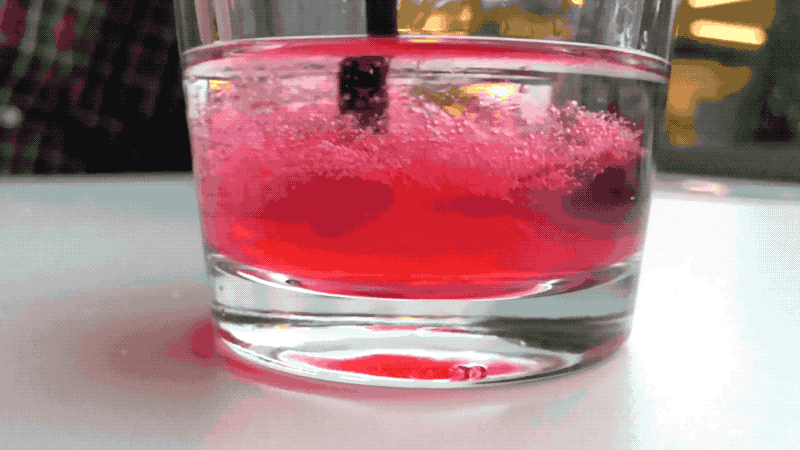
Last time, we harvested DNA from leftover Halloween pumpkin pulp. With Thanksgiving coming up, we thought we’d give you another demo from that one uncle that won’t stop talking about how cool he thinks DNA is: yes, it’s our very own Erick Loomis, Ph.D.!
All living things have DNA, including the food that we eat. A lot of fruits are especially packed with DNA, since many food crops are polyploid—meaning they have multiple copies of their genome in each cell. Strawberries are a popular choice for this demo, but during Thanksgiving you may have some cranberries lying around, so today we’ll be extracting tangy cranberry DNA.
(Remember to set up a clean workspace, clean up when you’re done, and have adult supervision. Nothing here is more dangerous than standard dishwashing soap and rubbing alcohol—but feel free to wear gloves if your hands are irritated when washing dishes, and safety glasses if you splash a lot when mixing things together!)
Here’s what you’ll need:

- Clear glass or plastic cups
- Dish soap
- Table salt
- Water
- Rubbing alcohol (>90% isopropyl alcohol)
- Coffee filters, cheesecloth, or strainer
- Whole fresh cranberries
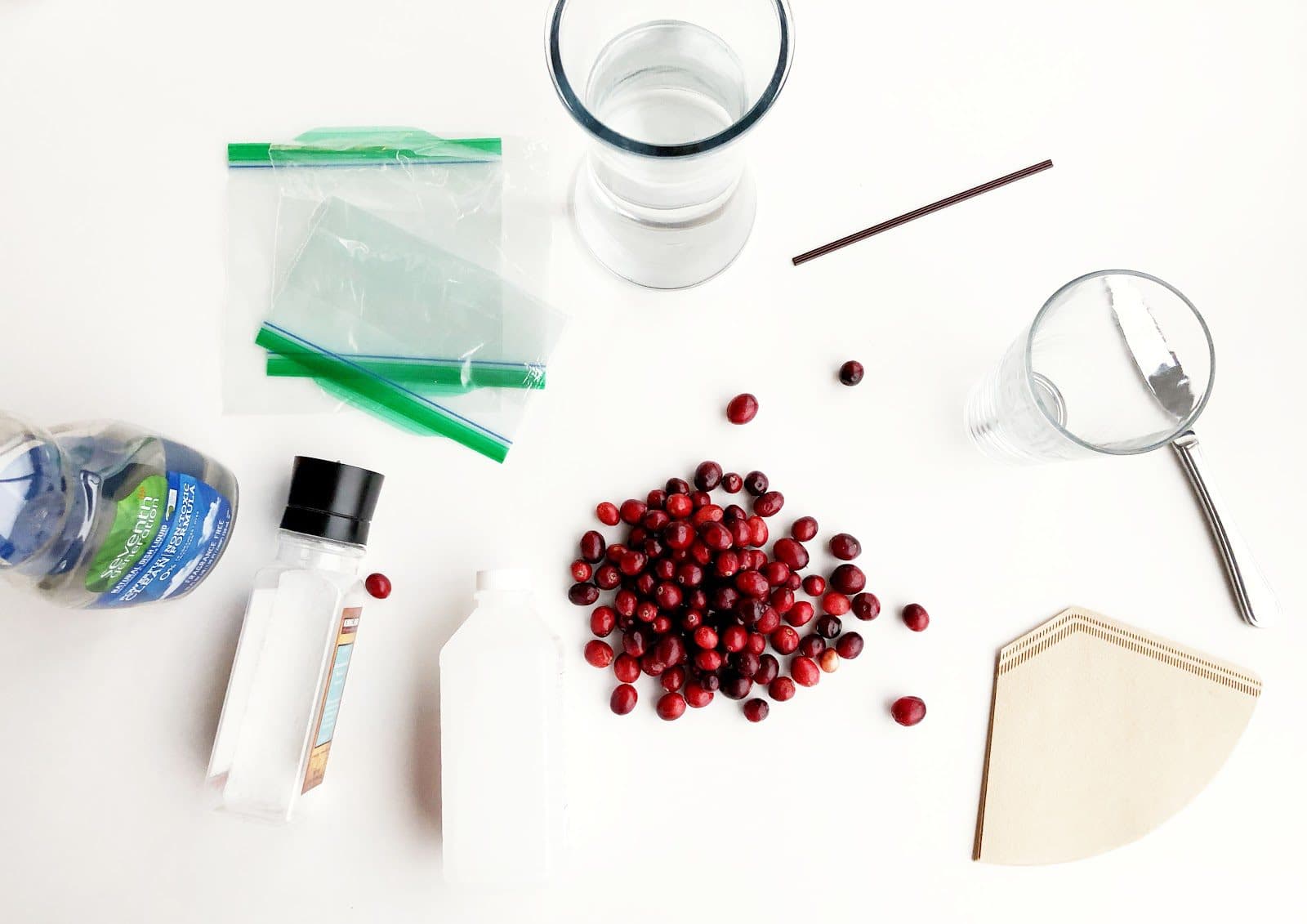
Step 1: Mash up cranberries
To get the DNA out, we’ll need to mush and mash our cranberries. (Cooked or preserved cranberry jam/jelly might work, but the DNA will likely be degraded into smaller pieces, and might not precipitate out in the same nice long stringy goop at the end.) Place a handful of cranberries into a plastic bag, seal or tie off the top of the bag, and then squish the cranberries.
Note: Fresh cranberries are full of air, which causes them to make a very satisfying popping sound (and also makes them float for harvesting!). Fingers should work fine, but you can also use a rolling pin to really smash up the berries.
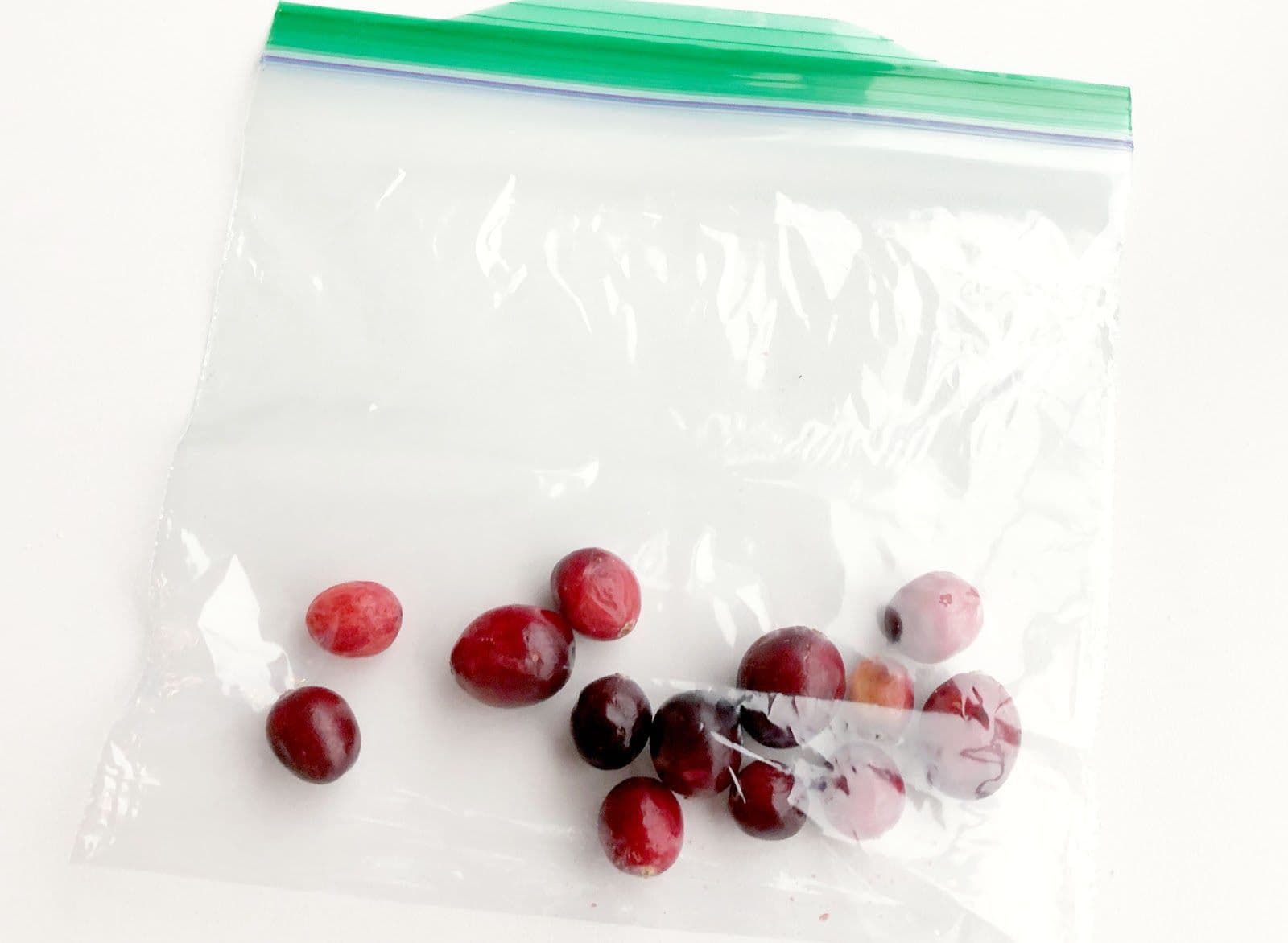
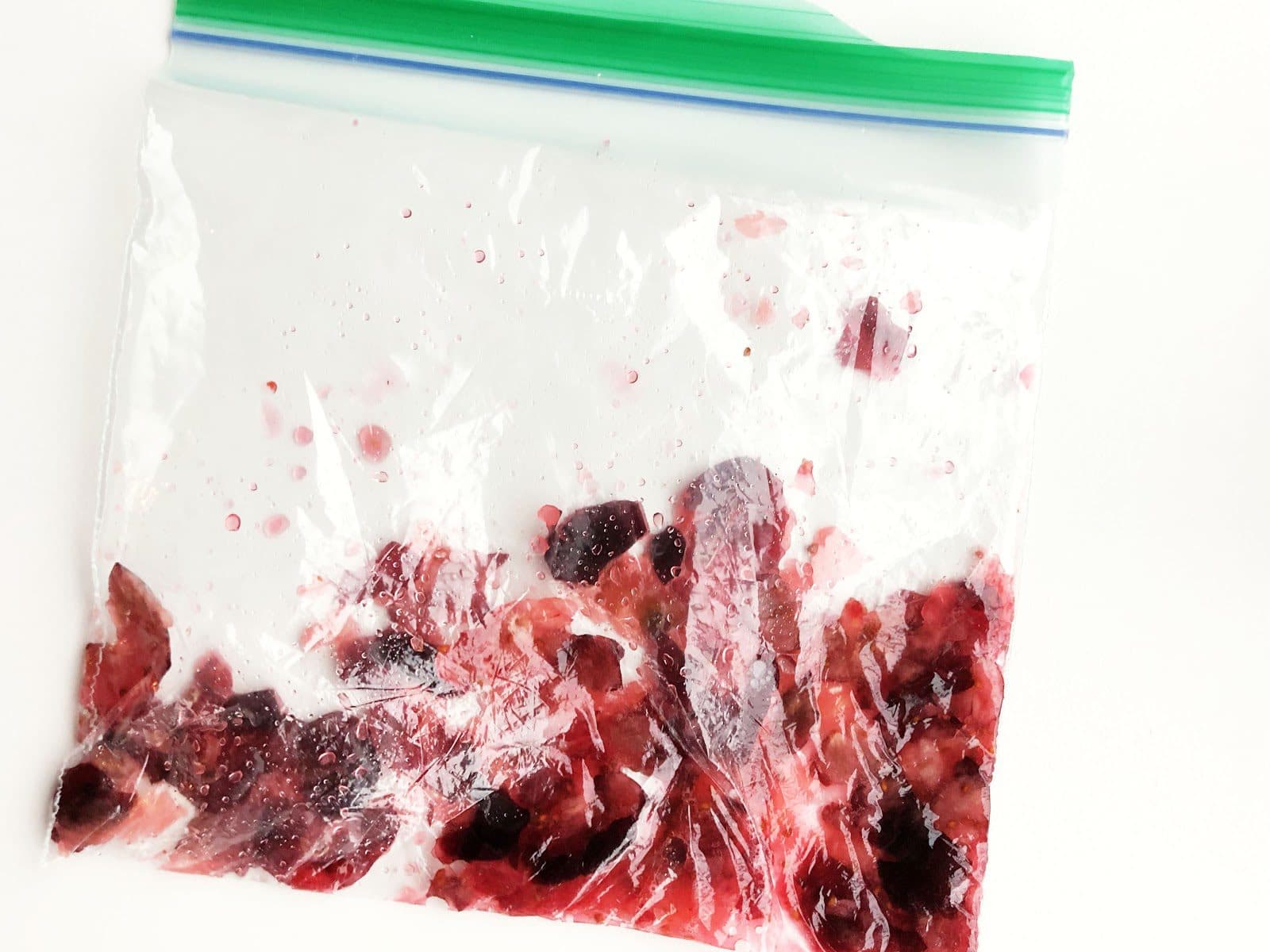
Step 2: Soapy cell lysis
To get to the DNA, we’ll use the detergent in dish soap to break open the cell membrane and the nucleus to free all of the DNA from the cell (along with the RNA, proteins, and so on). In science, we call this process of breaking open the cell “lysis.”
Prepare your “lysis solution” by combining ½ cup of water with 2 teaspoons of dish soap and 1 teaspoon of table salt. Mix until the salt is dissolved.
Add 2-3 tablespoons of lysis solution to 1 tablespoon of crushed cranberries. Mix by stirring together. The mixture should be more soupy than pasty—if not, add a bit more lysis solution.
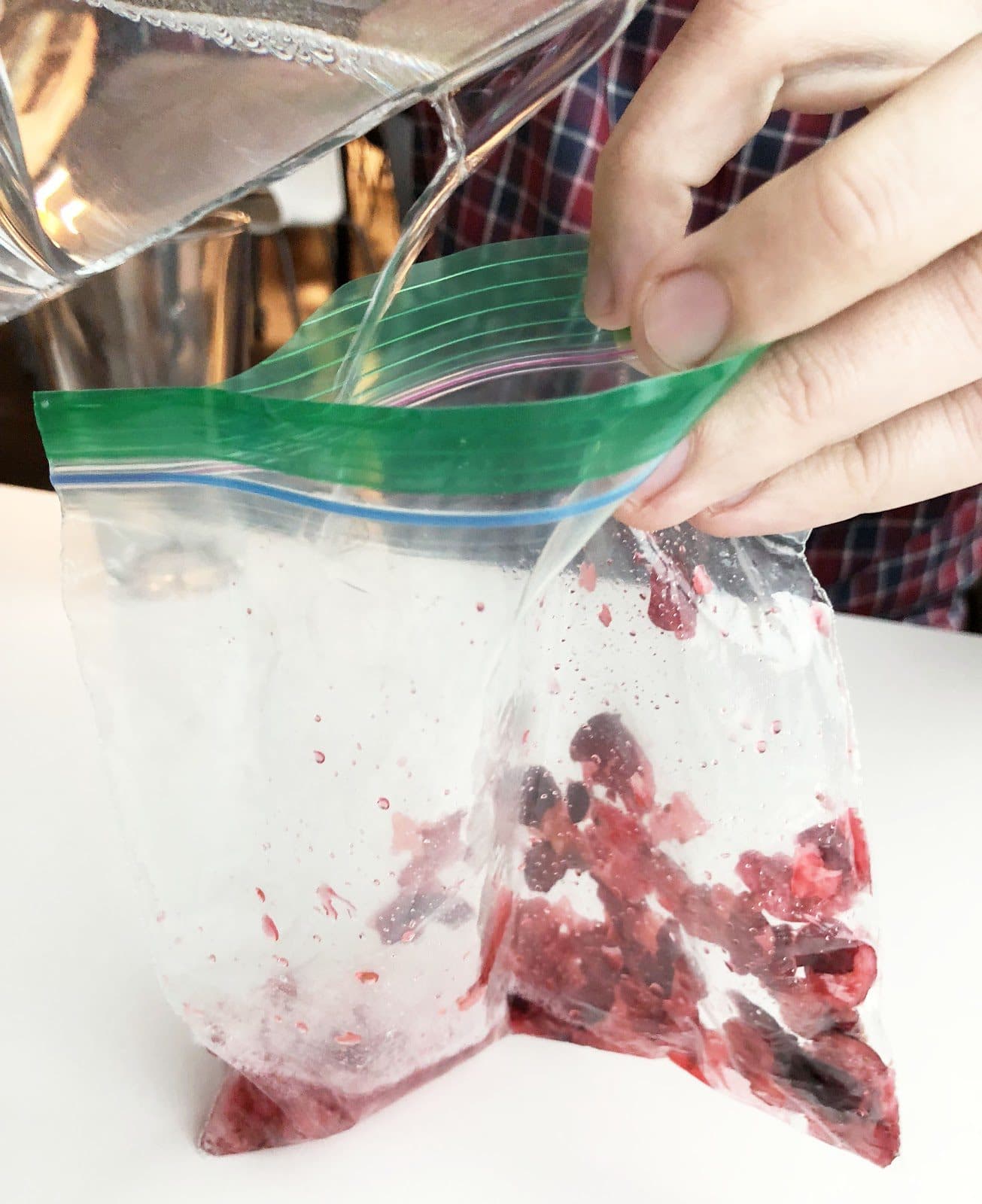
Step 3: Filtering
Now that all of the DNA is released into our soapy cran-DNA juice, we need to filter out the solids. Place a coffee filter (or cheesecloth or other strainer) over a clean glass and transfer everything into the filter (you may want to use a funnel or other strainer, or just carefully hold the filter with your fingers; if the filter rips or falls over, just transfer everything into a fresh filter over a new cup).
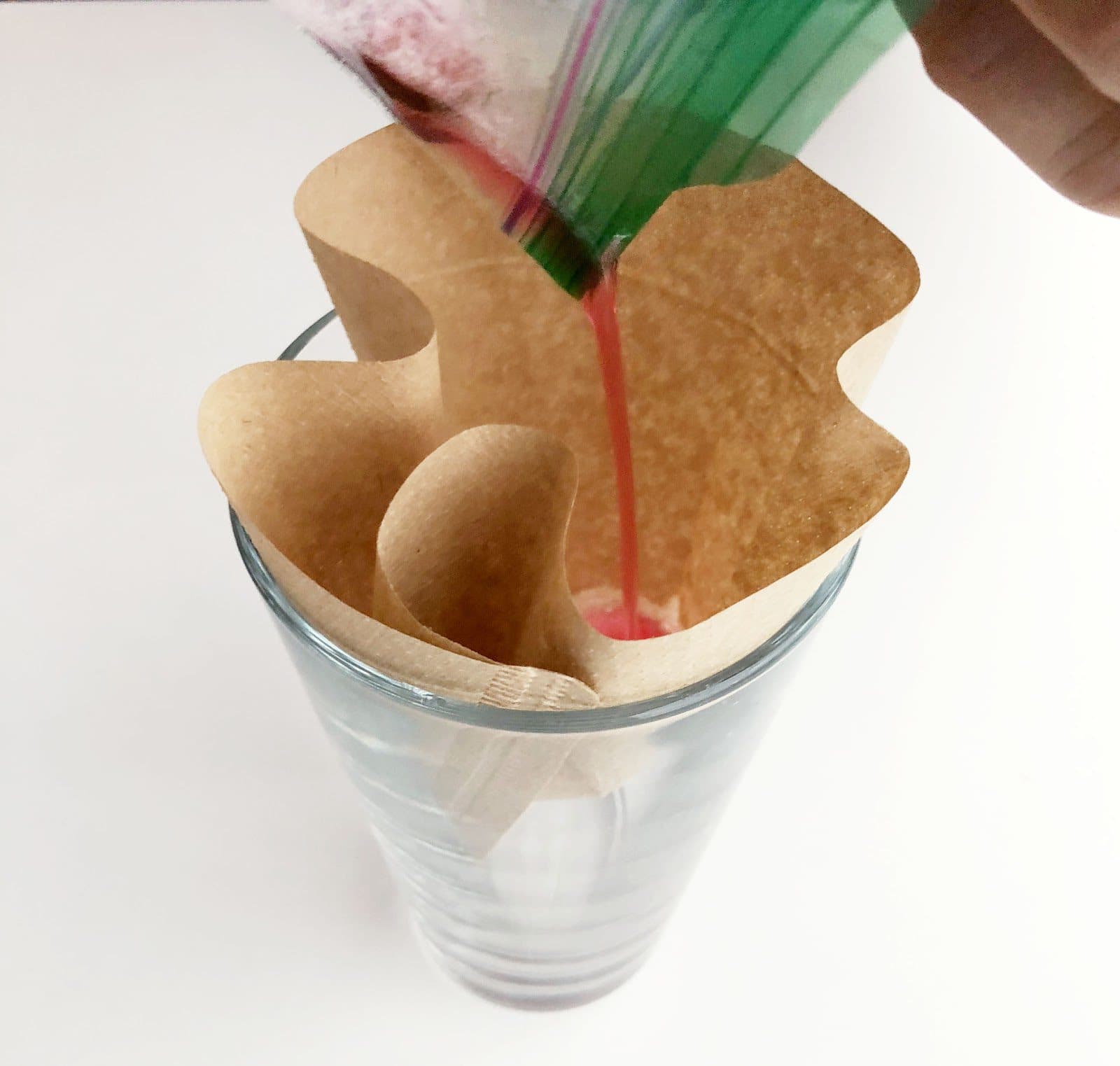
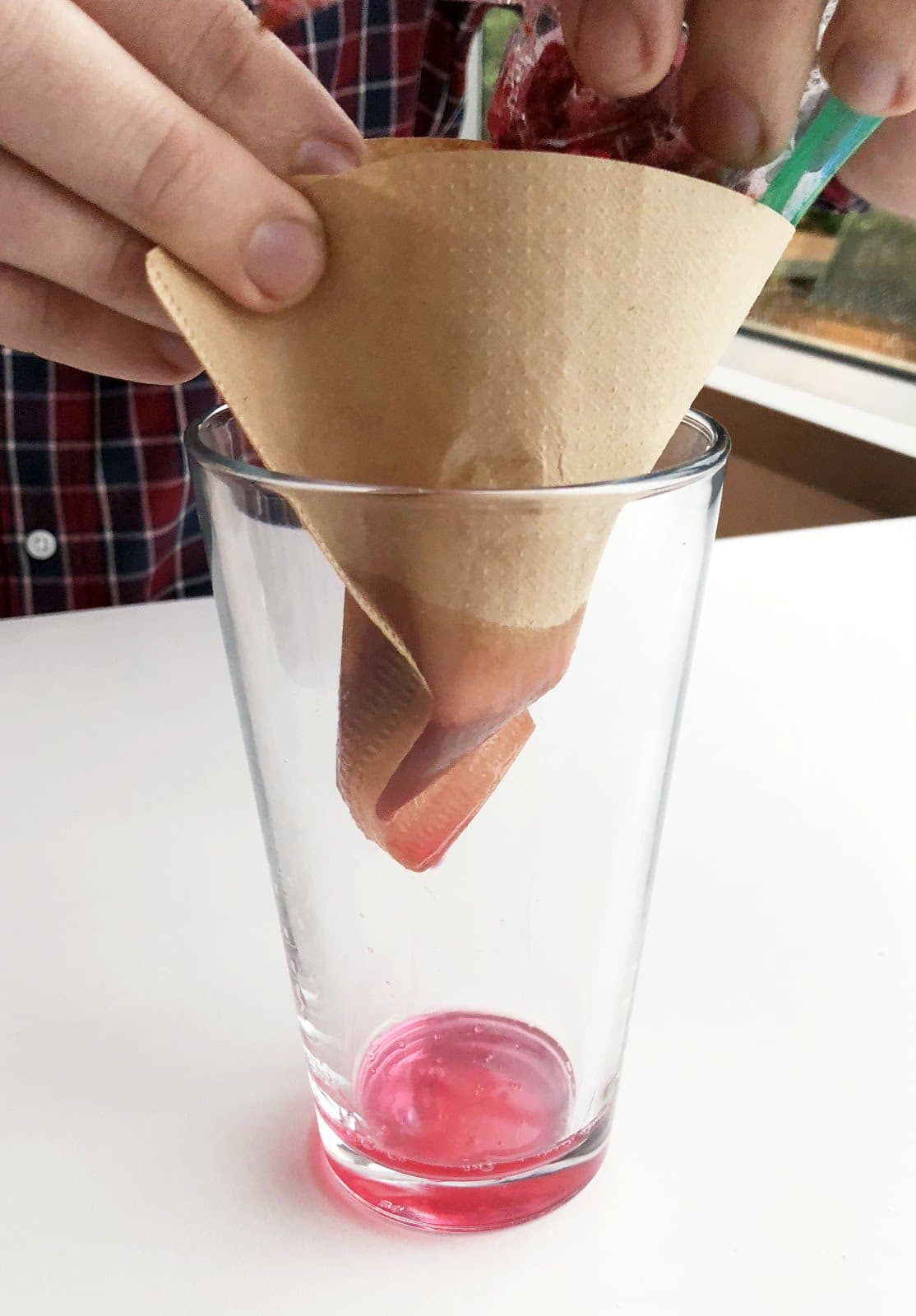
Step 4: Presto!
After filtering, you should have red or pink clear liquid (kind of like cranberry juice, weird). Our cranberry DNA is dissolved in this liquid, and we’ll use alcohol—with help from the salt from earlier—to make it “precipitate.”
Tilt the glass and slowly add an equal amount of rubbing alcohol to the red liquid, so that a layer of alcohol sits on top of the cranberry extract.
If everything has worked, you’ll see fluffy white DNA come out of solution and sit between the alcohol and extract layers!
If you don’t see anything happening, try making a new batch of lysis solution, making sure that you have the correct amount of soap and salt. Also check that your rubbing alcohol is at least 90%—lower concentrations won’t work as well.
If you want, you can swirl the DNA around with a thin stick or straw, and transfer to another container of rubbing alcohol, to save and display.
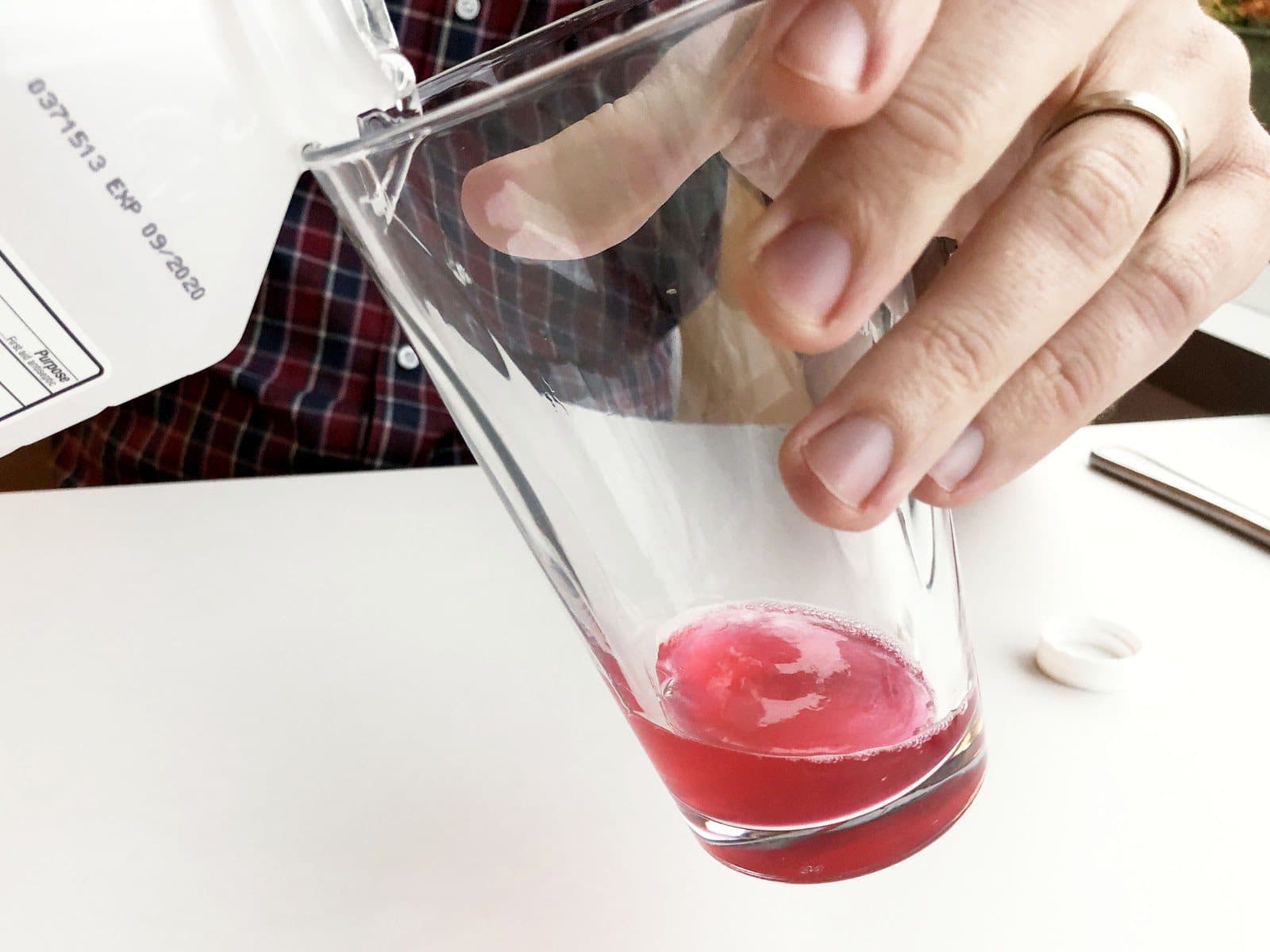
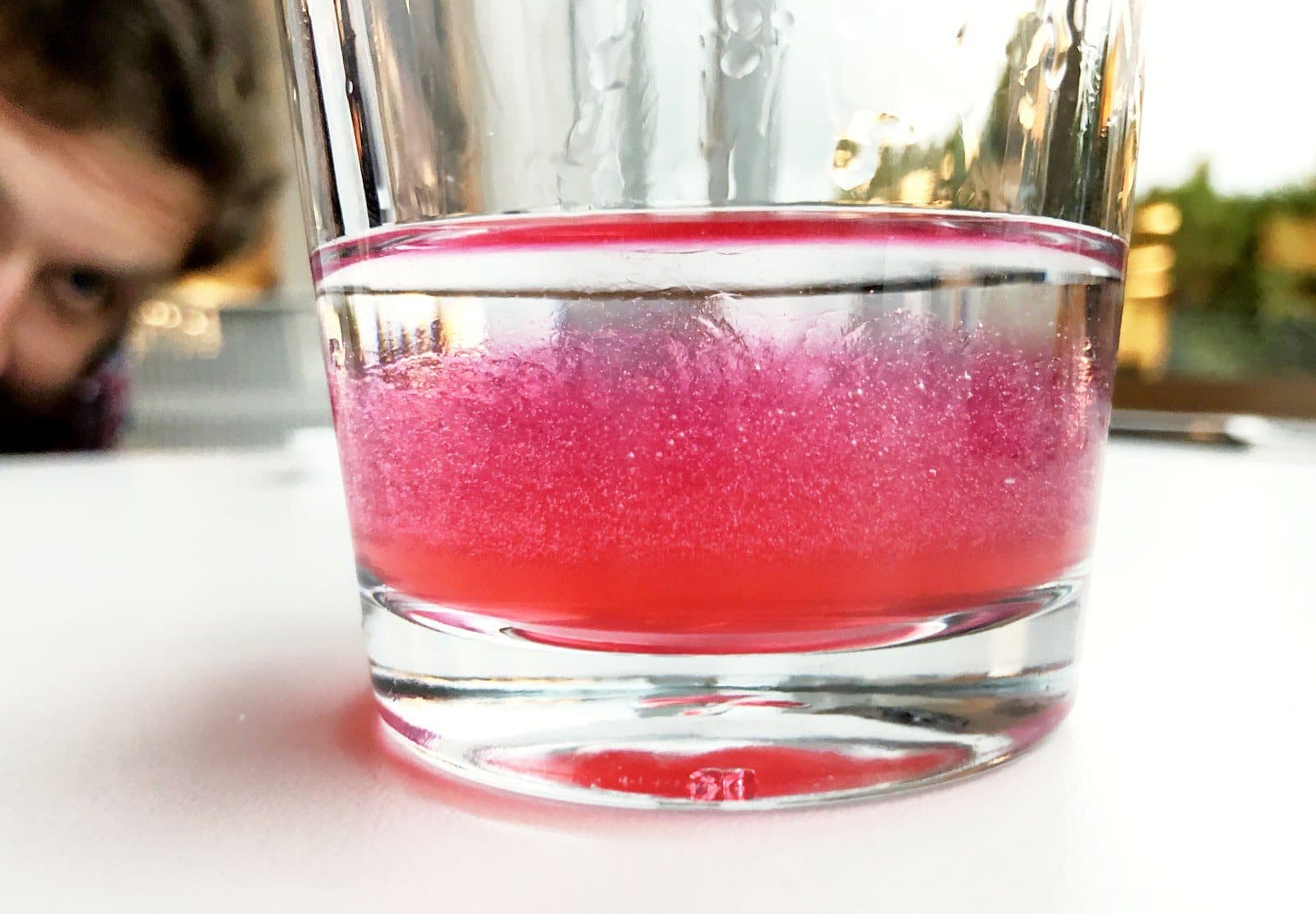
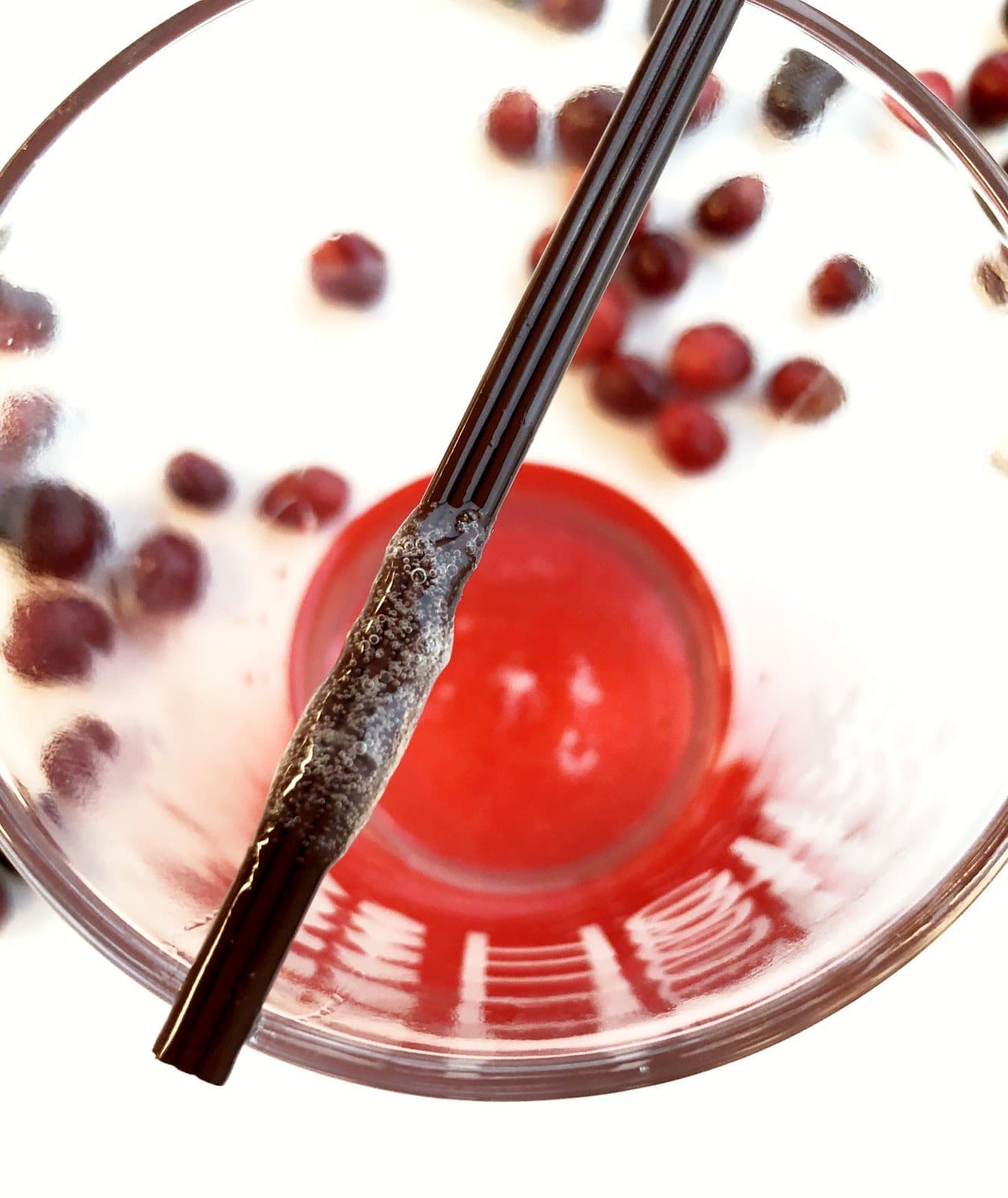
The difference between science and messing around is note-taking, so write down your observations. Take pictures and share them with us on Twitter!